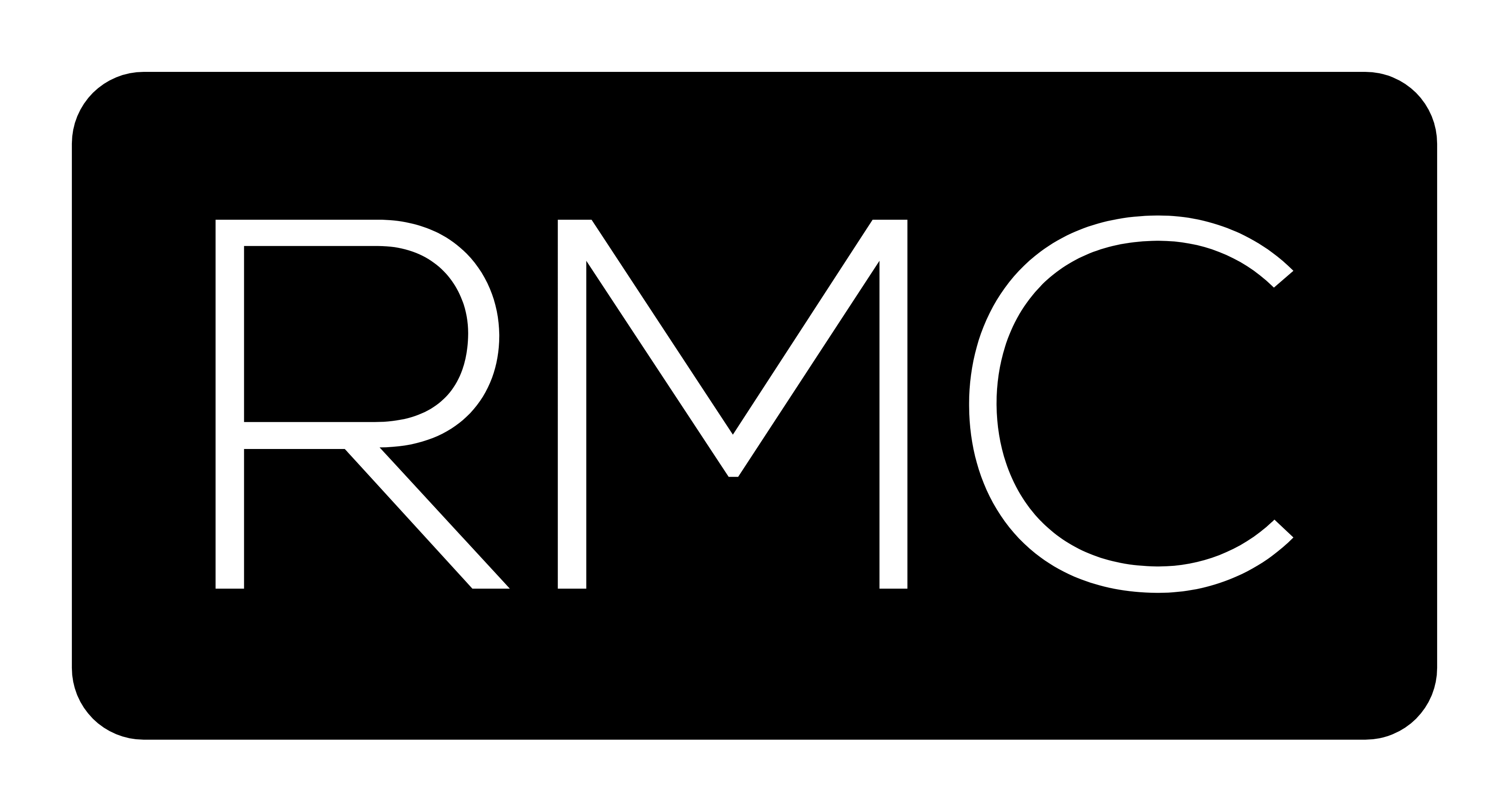Online Reputation And Seo Terms To Know
Understanding search engine optimization (SEO) can be tricky. At its core, it’s the practice of improving a website’s ranking in search engine results.
This is done through various strategies and tactics, such as using keywords in content and page titles, creating high-quality backlinks, and ensuring the website is easy to navigate and use. The goal of SEO is to improve the search engine results.
Online reputation management (ORM), on the other hand, is the practice of monitoring the online reputation of a business or individual. This can include responding to negative reviews or comments, building a positive online presence, and monitoring for potential reputation-damaging events.
ORM is often used in conjunction with SEO to improve a business’s online presence overall.
In this article, we’ll provide a breakdown of essential terminology that digital content strategists must know to run successful internet marketing campaigns in the ever-digitalizing modern day. Let’s take a look!
Fundamental Terminology
Before we get into the nuts and bolts of SEO and ORM concepts, understanding the groundwork of these processes and how each element is a core component of them is a necessary first step.
- Search Engine: A web-based tool that allows users to search for information on the internet. Some common examples of search engines are Google, Bing, and Yahoo.
- SERP: The search engine results page is the page that an engine displays in response to a user’s query. It lists relevant and useful webpages, and the search engine’s algorithm determines the order in which they are shown.
- URL: Otherwise known as a uniform resource locator, URLs are the address of a specific webpage or file on the internet. URLs are used to locate and access webpages on the internet.
- Search Query: A piece of information that a user enters into a search engine when looking for something. For example, if a user is looking for information about a particular type of car, they might enter a term like “Mazda CX” into a search engine.
- Keywords: Keywords are individual words or phrases relevant to a webpage’s content or the user’s query. Search engines use keywords to help determine a webpage’s relevance to a particular search query.
- Long-tail Keywords: These are lengthier, more specific, detailed keyword phrases. Long-tail keywords are often used in SEO to target particular groups of users and improve the relevance of a website to their search queries. For example, instead of using the keyword “car,” a long-tail keyword might be “red Mazda CX for sale in Indiana.”
- CTR: Click-through rate measures how often people who see a particular link or advertisement on a webpage actually click on it. CTR is calculated by dividing the number of clicks by the number of impressions (the number of times the link or ad was shown).
- Organic Search Results: Organic search results are the webpages that appear on a SERP in response to a user’s query. These results are determined by the engine’s algorithm, which considers various factors such as relevance and quality to decide the order in which the results are shown.
- Bounce Rate: A measure of how many people leave a website after viewing only one page. A high bounce rate can indicate that people are not finding what they are looking for on the website or that the website is not providing a good user experience.
- Time on Page: Refers to how long a user spends on a particular webpage. This can be a valuable metric for determining how engaging or exciting the content on a webpage is, as well as how well it meets the user’s needs.
- Search Volume: The number of times a search query is entered into a search engine over a given period. By assessing these statistics, you can determine the popularity or relevance of a particular keyword or topic.
- Personalization: The practice of tailoring a user’s experience on a website or application to their individual preferences or characteristics. This can be done using various techniques, such as tracking user behavior and using algorithms to show relevant or interesting content to the user.
Search Engine Optimization
The field of SEO is always changing, but some fundamental principles remain the same no matter what kind of business you’re running, the product or service being sold, or the online reputation you’re managing.
White Hat Tactics
This term refers to ethical and legitimate practices for improving a website’s ranking in SERPs. White hat techniques are in line with the guidelines and policies of search engines, and they are intended to enhance the user experience and provide value to users.
Examples of white hat SEO techniques include:
- Creating valuable original content
- Optimizing meta descriptions and page titles
- Including backlinks from reputable websites or sources
Black Hat Tactics
In contrast, black hat SEO refers to unethical and spammy techniques that violate search engine guidelines and are intended to manipulate SERPs. These techniques can result in penalties or other negative consequences for the website.
Domain Authority
This is the term for the metric that measures the strength or trustworthiness of a website. It is determined by various factors, such as the quality and quantity of backlinks, the age of the domain, and the amount of traffic the site receives.
Backlinks
Backlinks are links from one website to another. In the context of SEO, backlinks are considered an essential factor in determining the authority and relevance of a website. High-quality backlinks from reputable websites can drastically improve a website’s ranking in SERPs.
On-Page SEO
This term refers to optimization activities that take place on a website itself. This can include things such as optimizing the website’s content and structure, using keywords in page titles and meta descriptions, and making sure the website is easy to navigate and use.
Off-Page SEO
Conversely, off-page SEO refers to optimization activities that take place outside of a website. This can include things such as building backlinks and promoting the website on social media. In both cases, the goal of on-page and off-page SEO is to improve the relevance and quality of a website for both users and search engines.
Technical SEO
Technical SEO is the practice of optimizing a website’s technical aspects to improve its ranking. This can include things such as optimizing the website’s code and structure, improving its loading speed, and ensuring that it is accessible to search engines. It’s often focused on improving the technical foundation of a website to make it easier for search engines to crawl and index its content.
Online Reputation Management
As discussed above, successful ORM techniques consist of marketing, PR, and SEO strategies to influence how people perceive a business or individual’s online presence. There are a number of things you can employ and control to improve your business’s online reputation.
Guest Posting
Guest posting is the practice of writing and publishing articles on other websites, typically in exchange for a link back to the author’s own website. This can be a valuable way to build backlinks and improve a website’s visibility and authority.
Personal Branding
This technique involvescreating and promoting a consistent and distinct image or identity for a business. This can include things like starting a business website or social media presence and using these channels to share content and engage with others in the industry.
Branding is instrumental in building an online reputation and establishing a reputation as an authority in a given field.
Link Building
Link building is the practice of acquiring backlinks from other websites. This can be a valuable part of an online reputation management strategy, as high-quality backlinks from reputable websites can improve a website’s ranking in SERPs.
Dofollow Links
Dofollow links are links that let Google or other search engines follow back to your website or blog. This helps to strengthen authority by showing the search engines what sites are linking to you.
Nofollow Links
In contrast, Nofollow links tell Google and other search engines to ignore the link.
Contributor Platforms
These are websites that allow users to publish articles or other content. These platforms often have a large audience and can provide valuable exposure and backlinks for the authors. Some examples of contributor platforms are Medium, LinkedIn, and Forbes.
Online Reviews
Reviews are evaluations or opinions of a product, service, or business written by customers or users. In the context of online reputation management, reviews can be a critical factor in determining a business’s reputation. Positive reviews can help to improve a business’s reputation, while negative reviews inherently damage it.
Closing Thoughts
Modern-day SEO and online reputation management involve various strategies and tactics, such as using keywords and building backlinks, and they both aim to improve the visibility and credibility of a website on the internet. By combining these two disciplines, businesses can improve their ranking in search engine results and build a positive and reputable online presence to great effect.

